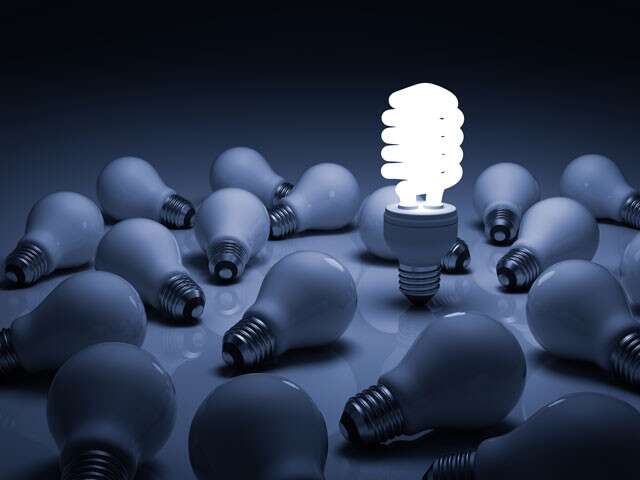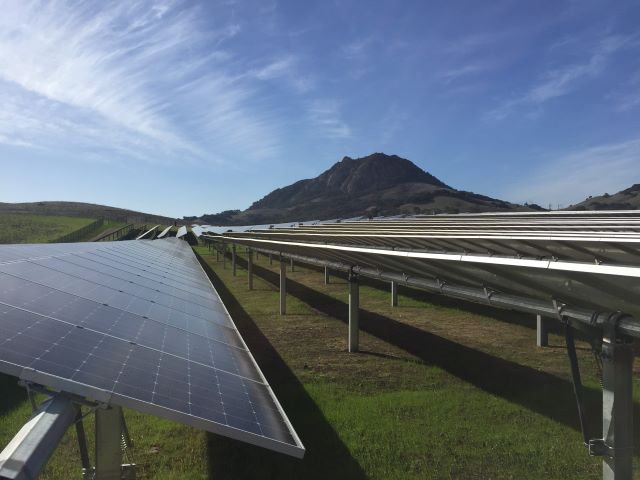Basics of Electrical Energy Consumption

In our modern world, electricity powers nearly every aspect of our lives, from lighting our homes to running complex industrial processes. Understanding the basics of electrical energy consumption is not only essential for managing our utility bills but also for making informed decisions about energy-efficient practices. In this blog post, we will delve into the fundamental concepts behind electrical energy consumption, shedding light on key terminologies, factors influencing consumption, and strategies for optimizing energy use.
The Basics of Electrical Energy
Electrical energy is the result of the movement of electrons through a conductor, typically a wire. It is measured in units called kilowatt-hours (kWh), where 1 kWh is equal to using 1,000 watts of power for 1 hour. Power, in turn, is the rate at which energy is consumed and is measured in watts (W). The formula to calculate energy consumption is straightforward: Energy (kWh) = Power (kW) × Time (hours).
Key Terminologies
- Voltage (V): Voltage, also known as electric potential difference, is the force that pushes electrons through a conductor. It’s often compared to water pressure in a pipe; higher voltage means more potential energy for electrons to flow.
- Current (I): Current is the flow of electric charge (electrons) through a conductor. It is measured in amperes (A) and is analogous to the flow rate of water in a pipe.
- Resistance (R): Resistance opposes the flow of current in a conductor. It’s similar to the friction water encounters in a pipe. Ohm’s law states that the current through a conductor is directly proportional to the voltage across it and inversely proportional to its resistance: I = V/R.
Factors Influencing Electrical Energy Consumption
- Appliance Efficiency: Different appliances have varying levels of efficiency when converting electrical energy into useful work. Energy-efficient appliances consume less electricity for the same output, saving both energy and money.
- Usage Patterns: How and when you use electricity matters. Peak hours, typically during the evening when demand is high, might be more expensive. Shifting energy-intensive tasks to off-peak hours can lead to cost savings.
- Standby Power: Many devices consume energy even when turned off. This “phantom” or standby power can add up significantly over time. Unplugging devices when not in use or using smart power strips can mitigate this.
- Weather and Climate: Extreme temperatures lead to increased energy consumption. Cooling or heating a space demands more electricity, so weather conditions play a role in your energy bill.

Strategies for Optimizing Energy Consumption
- Energy-Efficient Appliances: When buying new appliances, look for the ENERGY STAR label. These appliances meet strict energy efficiency guidelines set by the Environmental Protection Agency (EPA).
- LED Lighting: Replace incandescent bulbs with energy-efficient LED bulbs. They use up to 80% less energy and last much longer.
- Unplug and Power Down: Unplug chargers, electronics, and appliances when not in use. Use power strips to easily disconnect multiple devices at once.
- Smart Thermostats: Install a programmable or smart thermostat to regulate your home’s temperature efficiently, adjusting settings based on your schedule.
- Insulation and Sealing: Properly insulating your home and sealing any drafts can reduce the need for constant heating or cooling, leading to substantial energy savings.
- Renewable Energy Sources: Consider installing solar panels or using wind power if feasible. These renewable sources can generate clean energy and reduce your reliance on traditional power grids.
Conclusion
Understanding the basics of electrical energy consumption empowers us to make responsible and cost-effective choices. From comprehending key terminologies like voltage and current to recognizing the factors that influence energy usage, our knowledge equips us to adopt strategies that optimize consumption. As we strive for a more sustainable future, implementing these practices not only benefits our wallets but also contributes to the global effort to conserve energy and reduce our carbon footprint. If you found this article interesting about the basics of electrical energy consumption, it is very likely you will enjoy further reading at Trendy Damsels.



